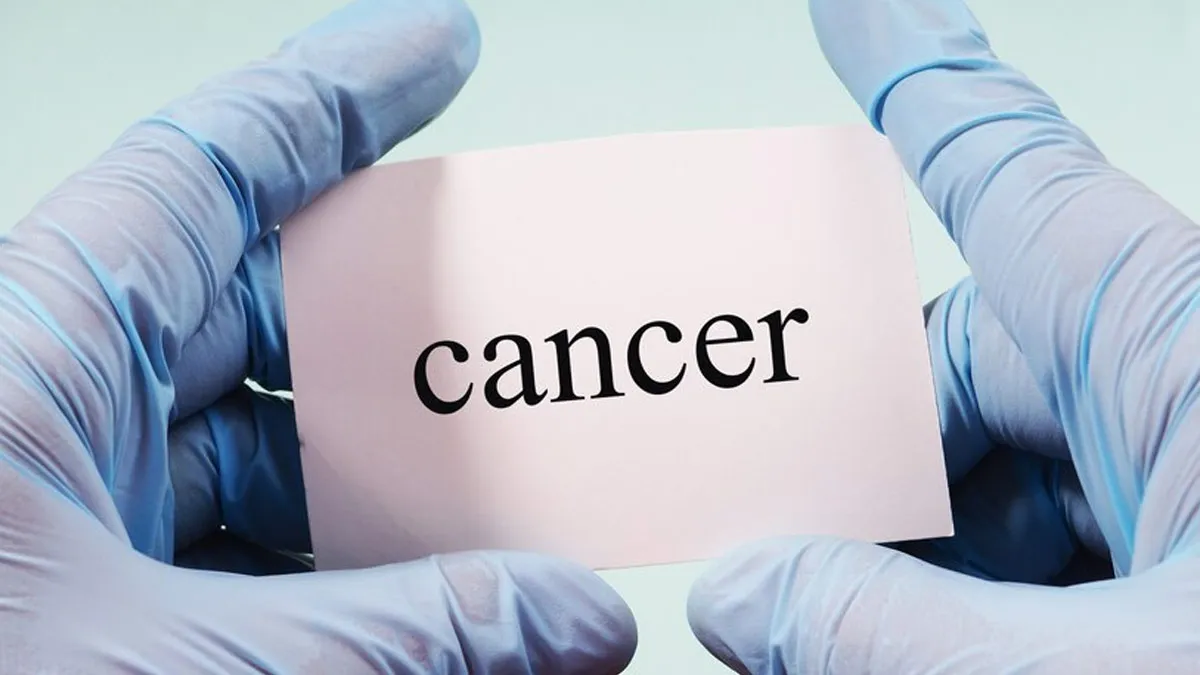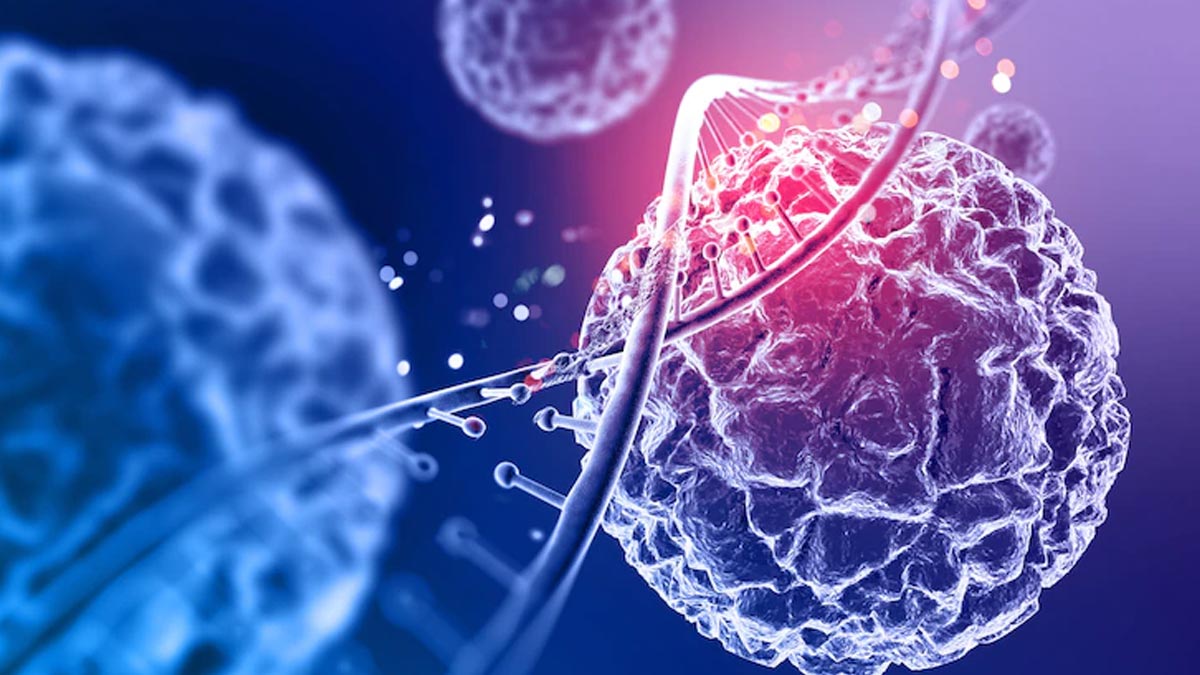
For many years, lung cancer has been most clearly linked with smoking cigarettes. However, recently, there has been a disconcerting trend of more and more non-smokers developing lung cancer. This surprising development has raised important questions in both the medical community and in the public at large as to why this is occurring. And what could be the risk factors at work?
Table of Content:-
To have a better understanding, we got in touch with our expert, Dr Bhumesh Tyagi, Consultant, General Medicine and Physician, Shardacare, Health City, Noida, who gave us a closer look at what may be driving lung cancer in individuals who have never smoked a cigarette. Here is what he shared with us.
Rising Lung Cancer Cases Among Non-Smokers
Based on world health statistics, as many as 20% of lung cancer patients are lifelong non-smokers. In a few nations, such as the U.S. and India, never-smoker lung cancer is currently the seventh most common cause of cancer death. Women and younger adults, especially from Asia, fall prey to it, even without any history of smoking.
This indicates other causative factors other than smoking.
1. Air Pollution
The World Health Organisation places outdoor air pollution, particularly particulate matter (PM2.5), in Group 1 carcinogen, the same as tobacco smoke. Prolonged exposure to dirty air, usually from car exhausts, industrial pollutants, and fossil fuel burning, damages lung tissue and fosters cancer growth.
Even indoor air pollution from cooking smoke (particularly when using biomass fuels such as wood or coal in inadequately ventilated kitchens) has been associated with lung cancer, specifically among women in rural settings.
Also Read: Can The 777 Rule Make Your Relationships Better?

2. Exposure to Secondhand Smoke
Non-smokers who live with smokers or work in environments where tobacco smoke is present are still inhaling harmful carcinogens. Long-term secondhand smoke exposure increases the risk of lung cancer by up to 30%, especially in homes or enclosed public spaces.
3. Radon Gas
Radon is a naturally occurring radioactive gas that emerges from the earth and rocks. It tends to collect indoors, particularly in basements, and is the second most common cause of lung cancer in non-smokers. Most do not know it's present because it is odourless and colourless. Lung cells are harmed if one inhales radon over a long period, setting the stage for cancer.
4. Genetic Predisposition and Family History
Some people can inherit genetic mutations that predispose them to lung cancer. Non-smokers with a family history of lung cancer are at increased risk, especially if more than one relative has had lung cancer. In such cases, genes such as EGFR and ALK can be present, which are more prevalent in non-smoker lung cancers.
5. Occupational Hazards
Exposure to harmful substances such as carcinogens, carcinogenic asbestos, arsenic, diesel exhaust, or silica dust, found in some workplaces, construction, mining, and manufacturing, over a period, can dramatically increase the chances of lung cancer. Employees unknowingly inhale these toxic particles as part of their regular activities.
6. Chronic Lung Conditions and Infections
People with established lung conditions such as tuberculosis (TB) or chronic obstructive pulmonary disease (COPD) are at higher risk of lung cancer. Chronic inflammation and scarring result in an environment that is permissive for malignant change in lung tissue.
7. Lifestyle and Diet Factors
Although not a direct cause, poor diet, physical inactivity, and excessive alcohol use can impair the immune defences of the body, making it more difficult to repair cellular damage. Research indicates that low-antioxidant, low-vitamin diets (such as A, C, and E) could also contribute to susceptibility to cancer development.

What Can You Do?
- Test your home for radon: Most hardware stores sell radon test kits. It's particularly advised in the highest natural radon areas.
- Don't get secondhand smoke: Establish boundaries in shared spaces if you're living with smokers. Promote smoke-free spaces.
- Know about workplace exposures: Use proper protective gear and know the risks if you're working in a high-exposure occupation.
- Clean indoor air: Maintain proper ventilation during cooking, and think about air purifiers if you are living in a polluted region.
- Regular health check-ups: Early diagnosis is the way to go. If you are getting frequent coughs, shortness of breath, or fatigue without a known reason, visit a healthcare provider, even if you've never smoked.
Bottomline
Lung cancer in non-smokers is a growing concern and a stark reminder that cancer doesn't always follow the expected path. While avoiding smoking is still the most effective preventive step, it's just as important to be aware of these lesser-known but significant risk factors.
Also watch this video
How we keep this article up to date:
We work with experts and keep a close eye on the latest in health and wellness. Whenever there is a new research or helpful information, we update our articles with accurate and useful advice.
Current Version